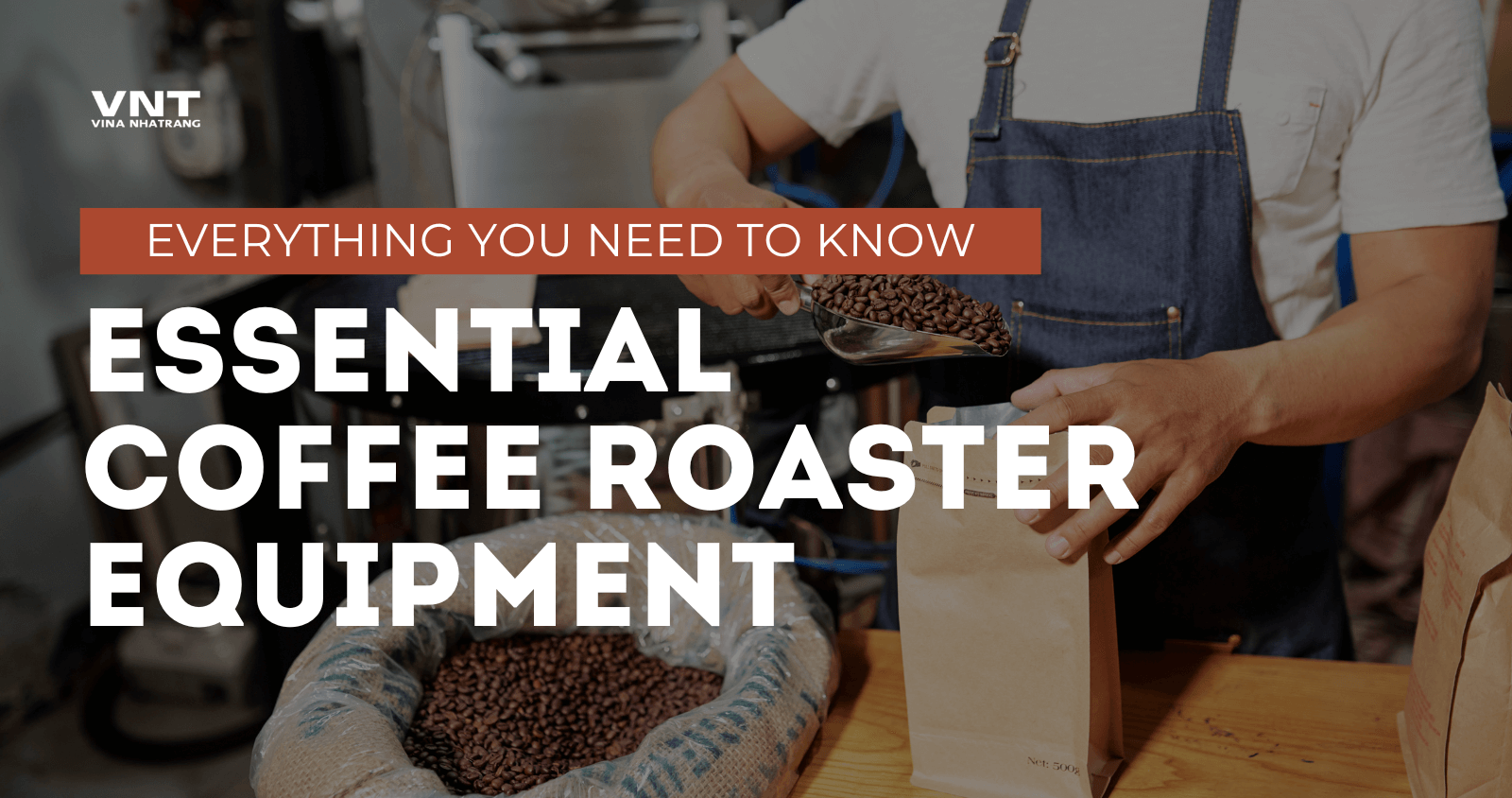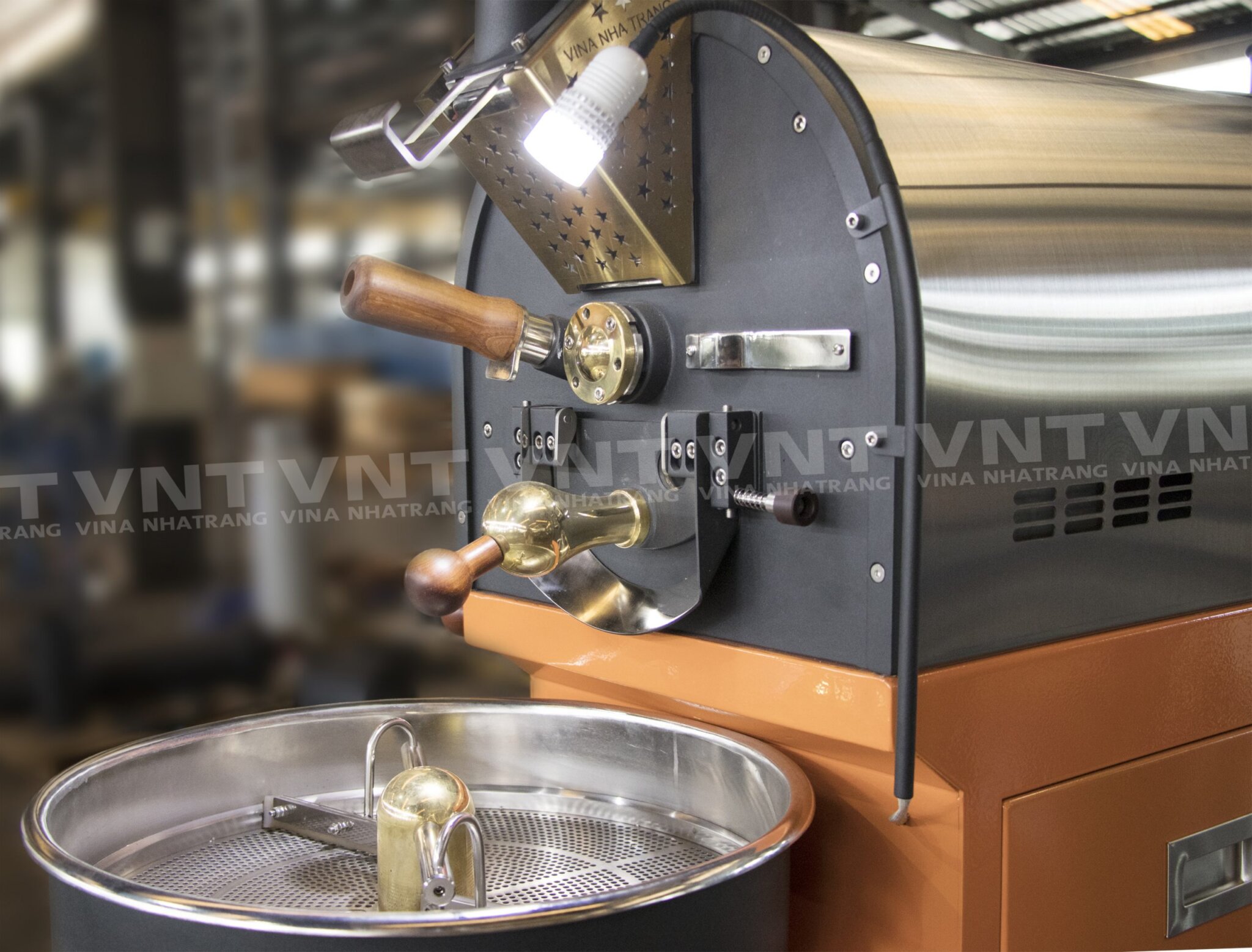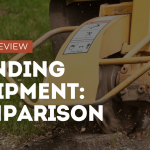Introduction
Coffee roasting is both an art and a science, requiring skill, knowledge, and the right equipment to produce consistently high-quality beans. As a coffee business owner, understanding and investing in the essential coffee roaster equipment is crucial for your success. This comprehensive guide will walk you through the must-have tools and accessories that form the backbone of any professional coffee roasting operation.
Essential Coffee Roasting Equipment
Roasting Machine
At the heart of every coffee roasting operation lies the roasting machine. This piece of equipment is fundamental to transforming raw, green coffee beans into the aromatic, flavorful roasted beans that coffee lovers crave.
1. Types of Roasters
a. Drum Roasters:
- These traditional roasters use a rotating drum to tumble coffee beans over an open flame or heating element. Drum roasters are known for their ability to produce consistent, even roasts and are favored by many artisanal roasters.
- How drum roasters work:
- Coffee beans are loaded into a spinning drum;
- The drum rotates over a heat source (gas flame or electric heating element);
- Hot air circulates through the drum, roasting the beans evenly;
- Roast profiles can be adjusted by controlling heat and drum speed.
b. Fluid Bed Roasters:
- Also known as hot air roasters, these machines use hot air as the primary heat source to roast coffee beans. This method offers precise control over the roasting process and is known for producing clean, bright flavor profiles.
- How hot air roasters work:
- Coffee beans are placed in a roasting chamber with a perforated bottom;
- Hot air is forced through the chamber from below, causing the beans to levitate or “fluidize”;
- The circulating hot air roasts the beans evenly and quickly;
- Temperature and airflow can be adjusted to control the roast profile.
c. Centrifugal Roasters:
- Centrifugal roasters are a more recent innovation in coffee roasting technology. They use centrifugal force combined with hot air to roast coffee beans, offering a unique approach to the roasting process.
- How centrifugal roasters work:
- Coffee beans are loaded into a spinning roasting chamber;
- The chamber rotates at high speed, creating centrifugal force that keeps the beans in constant motion;
- Hot air is introduced into the chamber, roasting the beans as they spin;
- Roast profiles are controlled by adjusting rotation speed, air temperature, and airflow.
Regardless of the type you choose, a quality roasting machine should include a cooling tray. This feature is crucial for quickly cooling the beans once they’ve reached the desired roast level, preventing over-roasting and preserving the beans’ flavors.
Explore more: How to choose the Right Commercial Coffee Roaster
2. Thermometer
Precise temperature control is essential for achieving consistent, high-quality roasts. A reliable thermometer is a must-have tool for monitoring bean temperature throughout the roasting process.
Types of thermometers suitable for coffee roasting:
- Digital probe thermometers;
- Infrared thermometers;
- Thermocouple sensors integrated into roasting machines.
When selecting a thermometer, look for models that offer quick response times and accuracy within a few degrees Fahrenheit or Celsius.
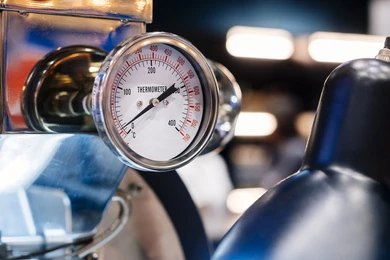
Thermometer
3. Cooling Tray
A cooling tray is an indispensable piece of equipment in the coffee roasting process. Its primary function is to rapidly cool the freshly roasted beans, halting the roasting process at precisely the right moment.
Key features of an effective cooling tray:
- Large surface area for spreading out the beans;
- Perforated bottom to allow air circulation;
- Built-in fan or blower to force cool air through the beans;
- Optional stirring arms to ensure even cooling.
By quickly bringing the temperature of the beans down, a cooling tray helps preserve the flavors and aromas developed during roasting, preventing over-roasting and ensuring consistency across batches.
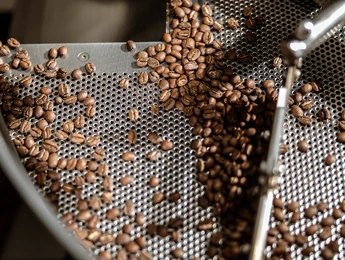
Cooling Tray
4. Filters
Filters play a crucial role in maintaining the cleanliness and longevity of your roasting equipment. During the roasting process, coffee beans release oils, chaff, and other particles that can accumulate in your roaster and exhaust system.
Types of filters used in coffee roasting:
- Chaff collectors: Capture the lightweight outer skin of the coffee bean that comes off during roasting;
- Smoke filters: Remove smoke and odors from the roasting process;
- Air filters: Clean the air that circulates through the roasting system.
Regular maintenance and replacement of filters help ensure optimal performance of your roasting equipment and contribute to a cleaner, more efficient roasting environment.
5. Analysis Tools
For coffee business owners committed to producing consistently high-quality roasts, analysis tools are invaluable. Two key instruments in this category are color analyzers and moisture meters.
a. Color Analyzers:
These devices measure the color of roasted coffee beans, providing an objective assessment of roast level and consistency. Color analyzers help you:
- Ensure uniformity across different batches;
- Match roast profiles to customer preferences;
- Maintain quality control standards.
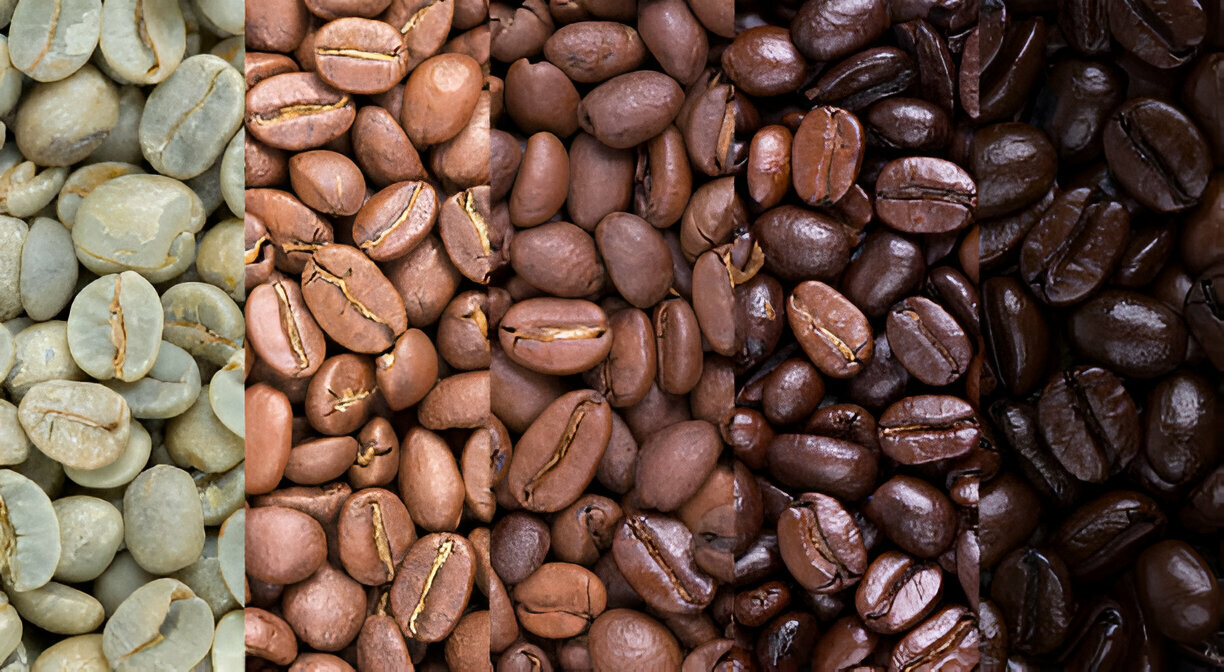
b. Moisture Meters:
Moisture content in coffee beans significantly impacts the roasting process and final flavor. Moisture meters allow you to:
- Assess the moisture level of green coffee beans before roasting;
- Determine if beans are dried to the appropriate level after roasting;
- Adjust roasting parameters based on initial moisture content.
6. Automatic Loader
For commercial roasting operations looking to increase efficiency, an automatic loader is a valuable addition to your equipment lineup. These devices:
- Streamline the bean loading process;
- Ensure consistent batch sizes;
- Reduce manual labor and potential for human error;
- Increase overall productivity.
7. Packaging Supplies
Once your coffee is roasted to perfection, proper packaging is crucial to preserve its freshness and flavor. Essential packaging supplies include:
a. Bags:
- Various sizes to accommodate different quantities;
- Options include kraft paper, foil-lined, or compostable materials;
- Consider bags with one-way degassing valves to release CO2 while keeping oxygen out.
b. Heat Sealers:
- Essential for sealing bags to lock in freshness;
- Options range from handheld models to industrial-grade sealers;
- Look for sealers that create airtight, durable seals.
8. Scale
Accurate weighing is crucial for maintaining consistency in your roasting process. A reliable scale helps you:
- Measure green coffee beans precisely for each batch;
- Weigh roasted beans to ensure consistent packaging;
- Monitor weight loss during roasting to assess roast development.
Look for scales that offer:
- High precision (at least 0.1g increments);
- Capacity suitable for your batch sizes;
- Tare function for convenient use.
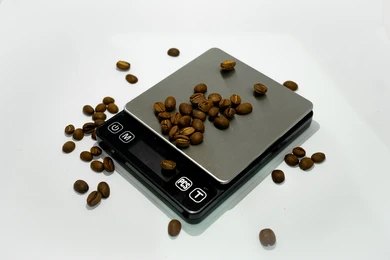
Coffee Scale
Important Accessories for Roasting Process
1. Automatic Weigh & Fill Packaging Machine
For businesses looking to scale up their operations, an automatic weigh and fill packaging machine can be a game-changer. These machines:
- Automate the packaging process, increasing efficiency;
- Ensure precise weight measurements for each package;
- Maintain consistent product quality;
- Reduce labor costs and human error.
2. Heat Sealer
While mentioned earlier under packaging supplies, it’s worth emphasizing the importance of a quality heat sealer. This tool is crucial for:
- Sealing bags quickly and efficiently;
- Ensuring an airtight seal to preserve coffee freshness;
- Presenting a professional, finished look to your packaged products.
Expanding Your Knowledge on Commercial Coffee Roasting Equipment
While we’ve covered the essential coffee roaster equipment in this guide, there’s always more to learn in the dynamic world of coffee roasting. As a business owner, staying informed about the latest developments and best practices in commercial coffee roasting can give you a significant edge in the market.
To deepen your understanding of the equipment needed for commercial coffee roasting, we’ve prepared a comprehensive resource that builds upon the information in this post. Our in-depth article offers additional insights, including:
- Detailed comparisons of different roaster types and sizes
- Tips for selecting equipment based on your production scale
- Advanced accessories that can enhance your roasting operation
- Maintenance best practices to extend the life of your equipment
- Budget considerations for new and expanding roasting businesses
Explore now: What Equipment is Needed to Roast Coffee Commercially? Essential Coffee Roaster Equipment Guide
Conclusion
Investing in the right equipment is fundamental to the success of your coffee roasting business. From the roasting machine itself to analysis tools and packaging supplies, each piece of equipment plays a vital role in producing high-quality, consistently roasted coffee.
As you build or upgrade your coffee roasting operation, consider each of these essential items carefully. While the initial investment may be significant, quality equipment will pay dividends in terms of efficiency, consistency, and the superior product you’ll be able to offer your customers.
Remember, the world of coffee roasting is constantly evolving, with new technologies and techniques emerging regularly. Stay informed about the latest developments in roasting equipment, and don’t hesitate to invest in tools that can give your business a competitive edge.
